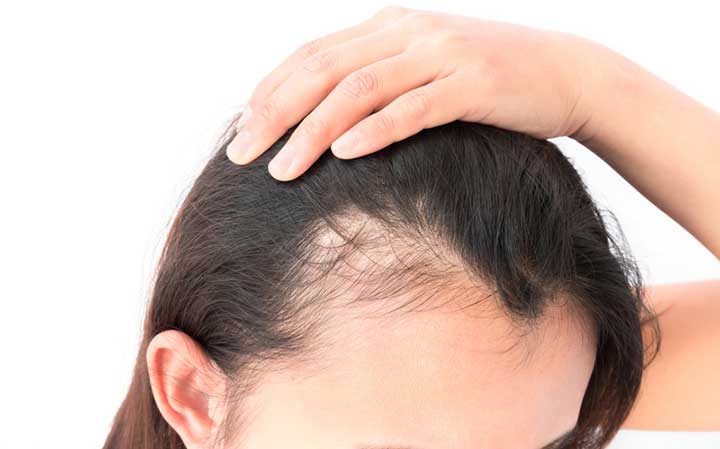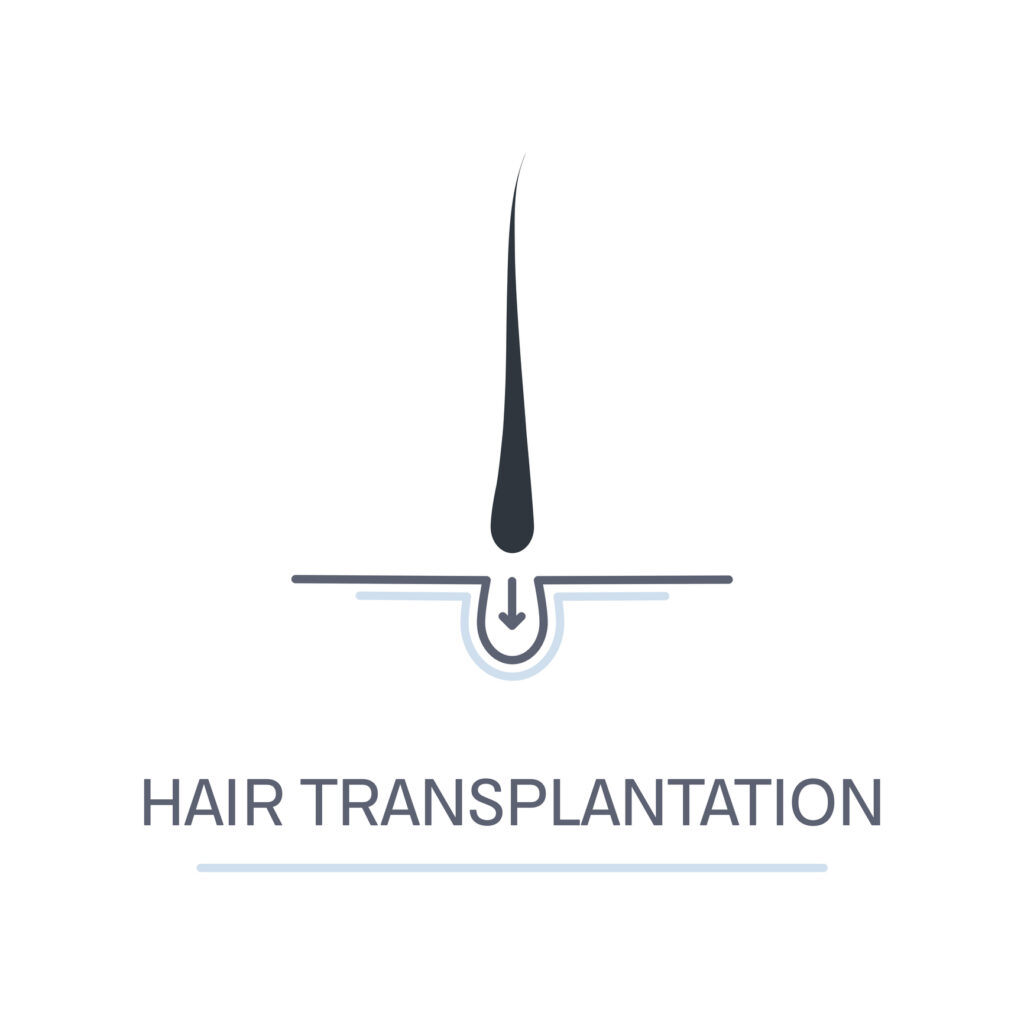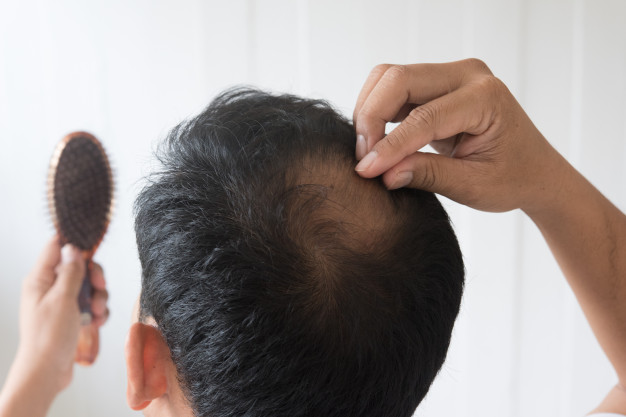A focus on female hair loss
It must be said that hair loss is not an exclusively male issue since it affects women as well. It has been estimated that around 6 million women in the UK are affected with hair loss.
Despite the problem being commonplace, it is still, for many women, a taboo subject and too many are suffering in silence.
 In many cases, it can affect a woman’s confidence and hair loss in women can be caused by a range of factors including stress, medical issues and also genetics. The problem may also be temporary though for many women it can be a long-term issue as well.
In many cases, it can affect a woman’s confidence and hair loss in women can be caused by a range of factors including stress, medical issues and also genetics. The problem may also be temporary though for many women it can be a long-term issue as well.
It’s important that women who are worried about their hair loss should consult with a hair loss expert in order to have the correct diagnosis made about the reasons why hair is being lost and for a course of action to be recommended.
This is where the experts at Landmark Hair Loss Clinic can help, so get in touch for a no obligation assessment to see what can be done by one of the UK’s leading hair replacement clinics.
Why hair loss occurs
The reasons why women lose their hair can be varied but will include medical issues, stress and genetics. Also, their hair loss can be either ongoing or temporary, which is why a correct diagnosis with a hair loss expert is crucial for diagnosing the correct course of action.
For many women, their hair loss condition will be treatable and can be reversed.
However, women also need to appreciate that they may be genetically predisposed to losing their hair because of enzymes in the body that help turn testosterone into another type of hormone, known as DHT, or dihydrotestosterone. As with men, DHT will attack hair follicles on the head to make them shrink with every cycle of growth. Eventually, the hair follicles shrink to a point where hair can no longer grow.
As mentioned previously, there are a range of issues that cause hair loss in women and it may be that they lack nutrients or vitamins or there may be stress or hormonal problems as well as psychological and physical factors involved.
A consultation with Landmark Hair will pinpoint the reasons why a woman is losing her hair and what can be done to resolve the problem.
Types of hair loss
There are various types of hair loss that women can be diagnosed with and they include:
- Alopecia areata or bald patches
This condition can occur at any age but is more common in younger women; it is caused by an auto-immune condition leaving bald patches on the scalp. The bald patches are the size of a large coin and can appear anywhere on the body. Often, the hair will grow back normally but some women may go on to a severe form of hair loss including:
Alopecia totalis – where there is no hair on the scalp
Alopecia universalis – there is no hair on the scalp or body
- Telogen effluvium or diffuse hair loss
The most common hair loss condition for women; the thinning of a woman’s hair can be chronic or temporary and is usually triggered by the medical condition. For instance, those with Type I or Type II diabetes or if they have an iron deficiency, may have diffuse hair loss. The condition is also known as Chronic Telogen Effluvium. Often caused by:
Physical stress, including child birth
Emotional stress
Pregnancy
Short term illness
Some medications
- Cicatricial alopecia or scarring hair loss
Small bald patches appear on the scalp and appear to be shiny. Essentially, the hair follicle beneath the skin has been destroyed and is caused by complications of another condition. The hair will not grow back.
- Androgenic alopecia or female pattern baldness
When it appears the woman is losing hair behind her hairline, usually at the front, then this is the female equivalent of male pattern baldness. This is condition most commonly occurs after menopause and it’s still not clear as to whether female-pattern baldness is hereditary.
- Traction Alopecia
This is hair loss caused by excessive tension on the scalp, that is when the woman has been using tight weaves or braids.
It is important to get a correct diagnosis of hair loss in women which is why Landmark Hair offers a free, no obligation consultation to see what type of hair loss you may be suffering from and then using that diagnosis to offer a solution.
Contact the team today to visit one of Landmark’s clinics around the UK.
What can be done about it
The most important issue for women suffering with hair loss is to get a correct diagnosis about the reasons why they are losing their hair. That’s because there are a number of solutions available which include:
- Hair transplant
As with male patients, a hair transplant will see hair taken from the back of the scalp and transplanted to where it is needed. This is a specialist skill so that the finished work looks natural. - Laser therapy
A low level laser therapy treatment may work if the woman’s hair loss is minimal and this is often used with minoxidil to help the hair regrow. The therapy sees a laser comb being used on a regular basis. - Non-surgical solution
It is possible for a non-surgical solution that will see a bonded hair system being used to enable women with hair loss to lead normal lives including swimming and running without worrying about their hair. - Minoxidil
Used by men and women for the treatment of pattern baldness. Only works while the treatment continues. The treatment is also not guaranteed to deliver results but some women will see short term growth. - Scalp micropigmentation (SMP)
scalp micropigmentation is an effective way to cover balding areas to give the appearance of having thicker hair. The process uses special needles and ink to cosmetically restore a woman’s hairline.
It’s also important to appreciate that hair loss in women can strike at any time and NHS England says that around 50% of women who are over the age of 65 will experience female pattern baldness. That’s because this type of hair loss is caused by the woman’s age and inheriting the gene that causes it as well as having higher levels of the hormone testosterone.
Other women may lose their hair during or after pregnancy, while a drop in oestrogen levels during menopause, may also lead to some women losing hair.
For women losing their hair with the condition alopecia areata then the treatment is usually with steroid injections, though it’s also possible to use a gel or cream.
Also, for women who are losing their hair, they should have their treatment’s progress monitored regularly so adjustments, if necessary, can be made to help successful regrowth.
For more help and advice about what can be done for female hair loss, speak with the experts at Landmark Hair who will carry out a no obligation consultation to find the best course of action that suits you.
Contact the team today to visit one of Landmark’s clinics around the UK.









